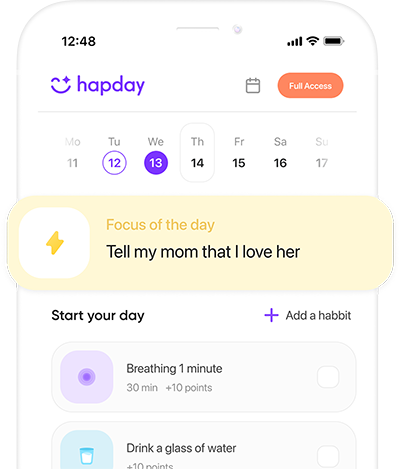Storytelling is as old as humanity itself, a timeless thread that connects us all. Whether through spoken word, written text, or visual art, stories have been the medium through which we’ve shared knowledge, expressed emotions, and woven the fabric of culture. As a seasoned writer and editor with a deep passion for mental health, journalism, and the human experience, the art of storytelling is my craft and calling.
Table of Contents
Crafting the Arc
Every compelling story has a beginning, middle, and end. The beginning hooks the listener or reader, drawing them into the world you’ve crafted. You need an inciting incident or an intriguing character to grab attention. Then comes the middle – the meat of your narrative where your characters face challenges, grow, and evolve. Here, details matter. They infuse authenticity into your story, making it relatable and real. And finally, the end should leave a lasting impression, whether it’s a resolution or a thought-provoking question that lingers long after the page is turned.
Using Emotion as a Tool
A story that resonates packs an emotional punch. Tapping into universal human emotions such as joy, fear, love, or anger can bridge the gap between storyteller and audience. Through emotion, you cultivate empathy, drawing your audience into the shared human experience. Personal anecdotes often enhance this connection, adding layers of depth and authenticity that purely fictional tales sometimes lack.
Finding Your Voice
Your voice is your signature as a writer. It’s the unique perspective and style that sets your stories apart. Are you whimsical or somber, detailed or succinct? The key is consistency. As your voice emerges and evolves, it becomes a beacon guiding your audience through your narratives. Authenticity in voice inspires trust and keeps readers coming back for more.
The Power of Revision
No first draft is perfect. Embrace the editing process as a chance to refine and clarify your message. Editing isn’t merely about correcting grammatical errors; it’s a way to hone your narrative, tighten your prose, and ensure that every sentence serves a purpose. This stage may be where the real magic happens – where cathartic breakthroughs surface and transform good stories into unforgettable ones.
Conclusion
In the end, storytelling is about connection. It’s about reaching out across time and space to touch hearts and minds. A well-told story can inspire change, spark joy, or offer solace; it is a powerful tool in our shared human journey. By weaving together personal experience, emotional truth, and a distinctive voice, any writer can tell a story that genuinely resonates, moving beyond the capabilities of AI to touch the very essence of what it means to be human.


